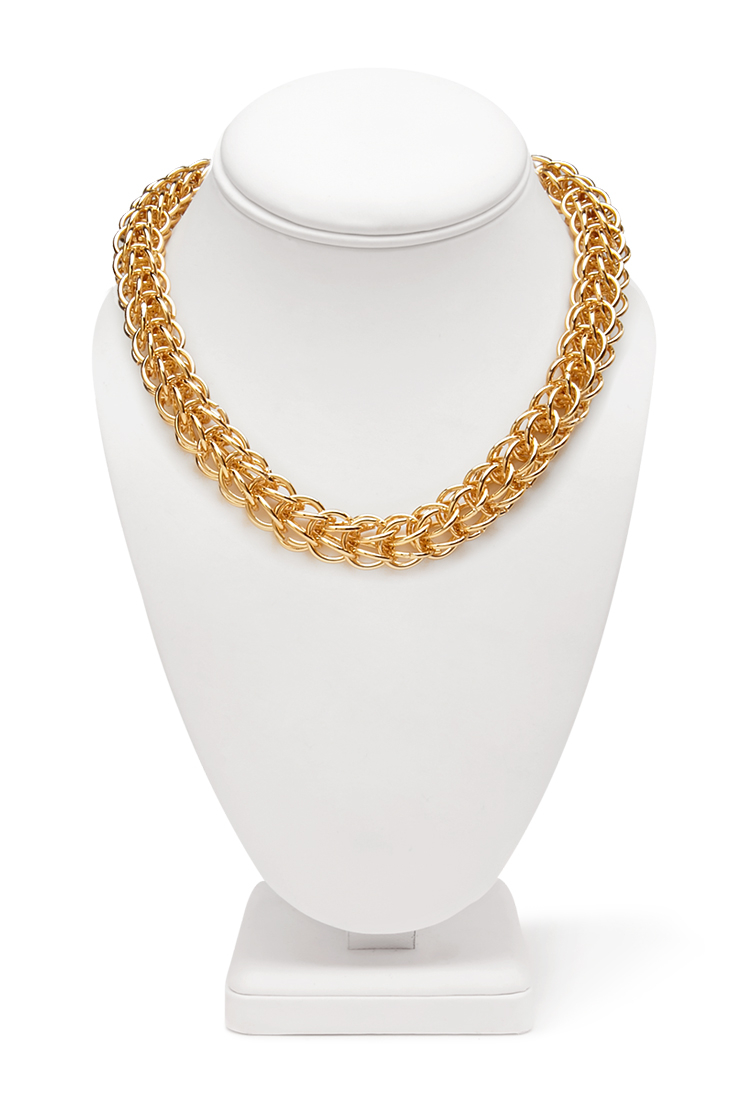


Madosh’s kidney flew to Pittsburgh for Janna Daniels, a clerical supervisor, who got her transplant at Allegheny General Hospital. Kitzman’s former boyfriend, David Madosh, who agreed to donate a kidney on her behalf despite their acrimonious split. Ruzzamenti’s gift, she agreed to have her kidney shipped to the University of Wisconsin Hospital in Madison for Brooke R. The man’s niece, a 34-year-old nurse, had wanted to give him her kidney, but her Type A blood clashed with his Type O. There it was stitched into the abdomen of a 66-year-old man. Ruzzamenti’s kidney flew east on a Continental red-eye from Los Angeles to Newark and was rushed to Saint Barnabas Medical Center in Livingston, N.J. In San Francisco, a 62-year-old survivor of Stage 4 Hodgkin’s lymphoma donated for her son-in-law. A 26-year-old student from Texas gave a kidney for a 44-year-old uncle in California whom he rarely saw. A woman from Toronto donated for her fifth cousin from Bensonhurst, Brooklyn, after meeting him by chance in Italy and then staying in touch mostly by text messages.Ĭhildren donated for parents, husbands for wives, sisters for brothers. But 59 of the 60 participants consented to be identified by The New York Times and to tell the stories, each with distinct shadings, that ultimately connected them.ĭespite an intensely bitter breakup, a Michigan man agreed to donate a kidney for his former girlfriend for the sake of their 2-year-old daughter. Until now, few of the donors and recipients have known one another’s names. Eventually, he succeeded in finding needle-in-a-haystack matches for patients whose antibodies would have caused them to reject organs from most donors. Over the months it fractured time and again, suspending the fates of those down the line until Mr. The chain began with an algorithm and an altruist. “We are realizing the dream of extending the miracle of transplantation to thousands of additional patients each year,” he said. Montgomery, a pioneering transplant surgeon at Johns Hopkins Hospital, which was not involved in the chain, called it a “momentous feat” that demonstrated the potential for kidney exchanges to transform the field. It was born of innovations in computer matching, surgical technique and organ shipping, as well as the determination of a Long Island businessman named Garet Hil, who was inspired by his own daughter’s illness to supercharge the notion of “paying it forward.”ĭr. Their loved ones, in turn, were offered compatible kidneys as part of the exchange.Ĭhain 124, as it was labeled by the nonprofit National Kidney Registry, required lock-step coordination over four months among 17 hospitals in 11 states. Its momentum was then fueled by a mix of selflessness and self-interest among donors who gave a kidney to a stranger after learning they could not donate to a loved one because of incompatible blood types or antibodies. Ruzzamenti, to give the initial kidney, expecting nothing in return. What made the domino chain of 60 operations possible was the willingness of a Good Samaritan, Mr. Ruzzamenti, at least not directly, but the two men will forever share a connection: they were the first and last patients in the longest chain of kidney transplants ever constructed, linking 30 people who were willing to give up an organ with 30 who might have died without one. Terry received a plump pink kidney in a transplant at Loyola University Medical Center. Terry recalled, “like I had done something wrong in my life and this was the outcome.”Īs a dawn chill broke over Chicago on Dec. “It was like being sentenced to prison,” Mr. With nobody in his family willing or able to give him a kidney, his doctors warned that it might take five years to crawl up the waiting list for an organ from a deceased donor. Since receiving a diagnosis of diabetes-related renal disease in his mid-40s, he had endured the burning and bloating and dismal tedium of dialysis for nearly a year. Halfway across the country, in Joliet, Ill., Donald C. Ruzzamenti, 44, had never even donated blood, but the story so captivated him that two days later he called Riverside Community Hospital to ask how he might do the same thing. Ruzzamenti’s yoga studio told him she had recently donated a kidney to an ailing friend she had bumped into at Target. And then a year ago, he decided in an instant to donate his left kidney to a stranger. He married a Vietnamese woman he had only just met. He traded his Catholicism for Buddhism in a revelatory flash. Rick Ruzzamenti admits to being a tad impulsive.


 0 kommentar(er)
0 kommentar(er)
